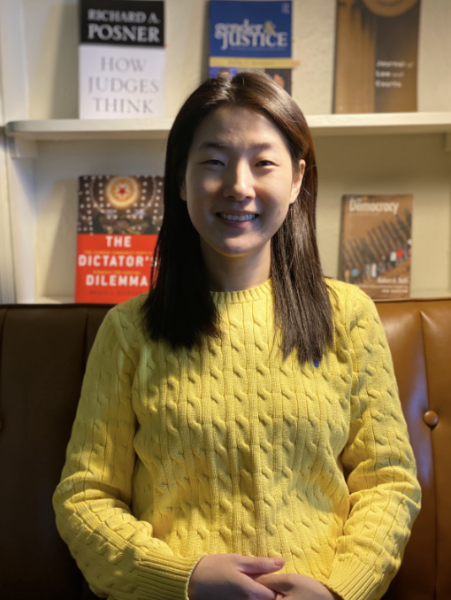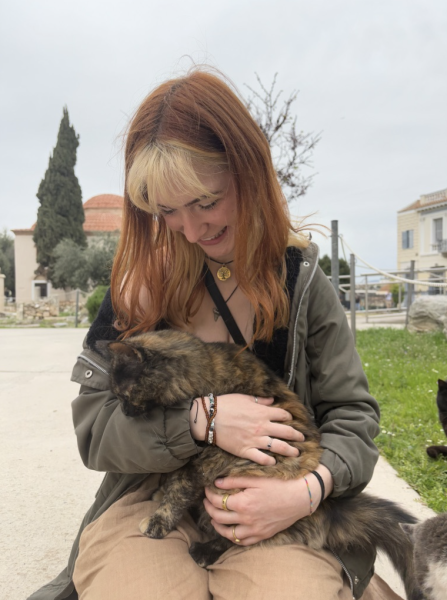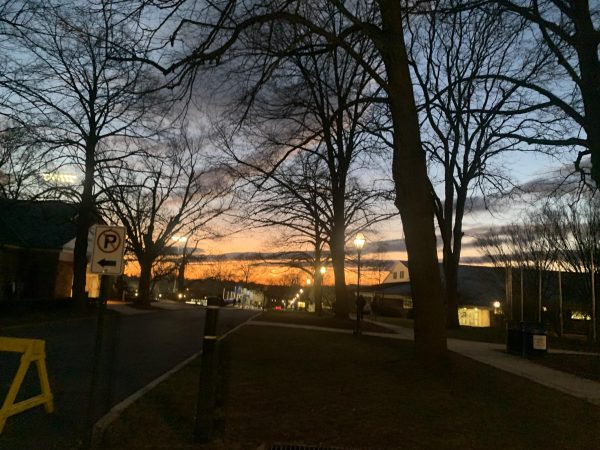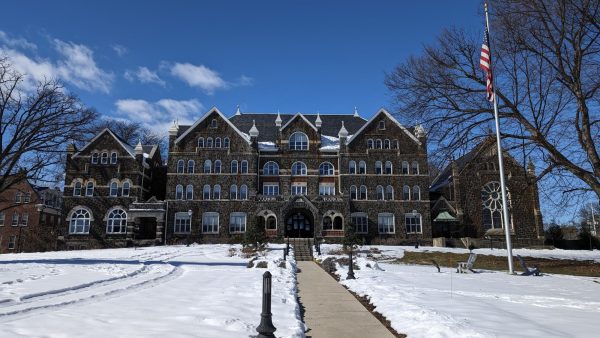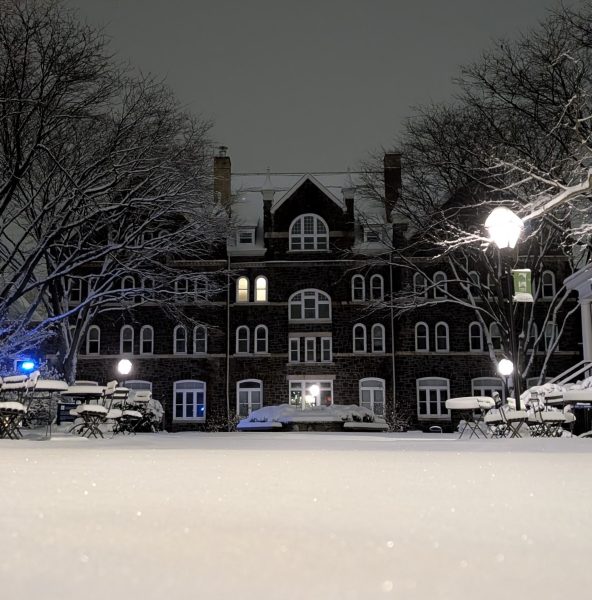From Spartan to Greyhound: Transferring to Moravian

Imagine for a moment, you’ve completed your degree, graduated with all the pomp and circumstance your school can muster and your family has the pictures of you in your cap and gown hanging on the mantle to prove it – then you go back for another round of higher education.
For transfer students, that’s reality. We graduate, rest on our laurels for the summer, and go back to start from scratch in the fall. We come for many reasons: some for money, some for opportunity, and others for adding to what we learned elsewhere.
“I spent high school in this area and I always saw the ads for Moravian, and it always looked so nice,” said Sonya Hennet, a junior and secondary English education major. “Obviously money was a huge factor; the tuition is expensive, but with the scholarship they were able to give me it’s actually affordable.”
Hunter Runge, a senior psychology major, says that even though Moravian wasn’t her first choice, she’s happy she enrolled. “I chose to go to Moravian because I wasn’t accepted to my number one transfer school, and Moravian was the best option out of all of the schools I was accepted at. I think I made the right decision though, and now I’m really glad I’m not at that other school.”
Both Runge and Hennet graduated from Northampton Community College, but Runge graduated in 2017 while Hennet graduated last summer.
The transition to a school like Moravian can come with some shock. NCC’s main campus with five buildings for classes is dwarfed by Moravian’s sprawling campus littered with buildings that range from the historic to modern.
According to Runge, “the most surprising difference is definitely the size and location of the campuses. While both of the campuses are relatively small, I find it immensely difficult to navigate parking here.”
Differences in resources also surprise transfer students. “There’s so much more money here. At NCC not everyone had laptops, and there weren’t screens that came out of the ceiling.”
Part of the appeal of a community college is the reduced tuition. It provides an easy way to lower debt, and while some enter the workforce straight away, others see it as an opportunity to dip a toe into academia.
According to Hennet, her experience at NCC prepared her for her classes at Moravian. “My English classes [at NCC] held me to the same level of competency [as Moravian.] Every teacher has their own standard and there were some teachers at NCC that had the same level of strictness that I’m experiencing now.”
Runge also believes that NCC prepared her for life at Moravian. “I think NCC did prepare me for a four-year college. I was able to flourish in leadership positions, take classes with professors that challenged me, and live on campus, which definitely helped show me what resident life is like.”
Even though NCC offers an opportunity at a discounted rate, that doesn’t mean that there aren’t difficulties involved with the transfer process, like accreditations and major requirements. Hennet rushed to get her approval to gain the field experience required by her major, and Runge had to wait until her senior year to make substantial progress on her major due to classes being gated behind a filled class.
“At NCC they had semester breakdowns for the majors, and while we have that here it’s not as specific,” Hennet said. “What I’m most worried about is that I’m going to have to do another semester or another year because it’s going to be way more expensive.”
For students transitioning to Moravian, Runge recommends engaging with the student community. “I’d also suggest that new students start getting involved as soon as they can in multiple ways. People here are very nice and it’s easier to start socializing and making friends at a small school than it was at NCC. Study a lot, do your work, get along with your professors, and get yourself out there.”
Hennet also recommends that students be informed of where they plan to transfer. “Make sure you know what you’re getting into. I would probably have researched a lot more, talked to more of the teachers and get more of a feel for the school and the environment.”


